How To Workout In Your Garden
 Whether you workout in the gym, walk regularly, or expend energy gardening, you’re staying active and getting exercise. When you garden, you get a full-body workout. You can also grow beautiful flowers, delicious fruits and vegetables, or fragrant herbs. All of these things add to your mental and physical well-being. You can make your workout as easy or hard as you wish, based on your fitness level. You don’t need much space, garden in containers, and add to your fitness program.
Whether you workout in the gym, walk regularly, or expend energy gardening, you’re staying active and getting exercise. When you garden, you get a full-body workout. You can also grow beautiful flowers, delicious fruits and vegetables, or fragrant herbs. All of these things add to your mental and physical well-being. You can make your workout as easy or hard as you wish, based on your fitness level. You don’t need much space, garden in containers, and add to your fitness program.
Build strength no matter how you garden.
Are you doing container gardening or going full dirt mode with a large plot of land? Either way, you have things to lift and digging to do. The larger and more “earthy” the garden, the more you’ll work your arms, back, and legs. Whether you turn the soil with a shovel or carry the soil in a bag to fill a pot, you use your muscles. That builds strength. Are you just growing a small garden of flowers around your front porch? Don’t forget the bags of mulch to load in the cart at the store, put in and remove it from your vehicle, and finally put it around your plants.
Get a cardio workout!
Your ambition and speed determine the amount of cardio you get. If you’re raking leaves or trimming plants, are you moving fast, taking breaks infrequently, or going slower and stopping more often? How long can you shovel before you quit? Are you breathing hard? It boosts your endurance. If you use a push mower, whether it’s motorized or not, you’ll get cardio. A manual push mower will provide the most.
Work on functional fitness.
Gardening helps keep you flexible. You’ll bend to weed, shovel, plant, and transplant your garden bounty. If you love doing squats or touching your toes, you’ll find gardening invigorating. Bending, twisting, and squatting are all part of the effort. Weeds don’t care if you didn’t create a comfortable bed for them, they crowd in everywhere, normally in spots that aren’t easy to reach. All of the various twists and turns build your flexibility.
- You’ll improve your balance, whether turning the soil or gardening in containers. You’ll improve your core strength and balance when reaching for all the plants while sitting in a squat or bent position.
- You’ll probably sweat as much when you garden as in the gym. It keeps you active. Modify your effort based on your fitness level. Don’t try to overdo it at first. Start slowly and increase your activity.
- Take a minute or two to remove your shoes and walk in the grass barefoot. It’s called grounding. It’s a technique to calm your body and mind you can’t do in a gym.
- Warm your muscles before you start gardening. It is a workout, so take a few minutes to warm your muscles to prevent pulling a muscle or becoming too sore to move the next day.
For more information, contact us today at Next Level Fitness

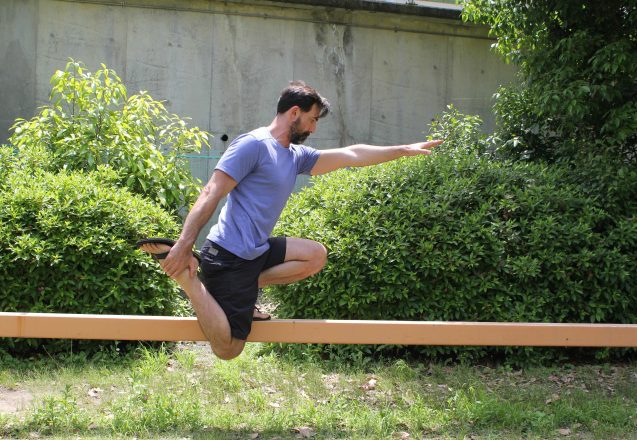
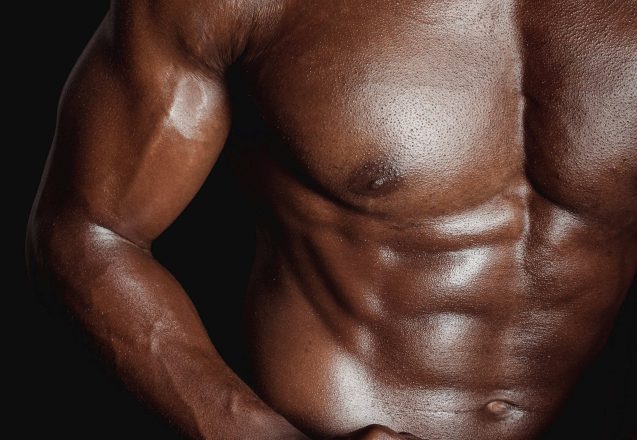
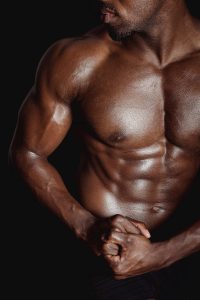 People are frequently surprised that Next Level Fitness in Irvine, CA, offers nutritional meal planning besides personalized workouts. They shouldn’t be. Diet is as important as fitness to be your best self. If weight loss or muscle building are your goals, getting adequate nutrition and eating healthy, low-calorie foods is 80% of the challenge. You can’t out-exercise a bad diet. It’s also true that you can’t build muscles just by lifting a spoon. Exercise also plays a vital role in weight loss.
People are frequently surprised that Next Level Fitness in Irvine, CA, offers nutritional meal planning besides personalized workouts. They shouldn’t be. Diet is as important as fitness to be your best self. If weight loss or muscle building are your goals, getting adequate nutrition and eating healthy, low-calorie foods is 80% of the challenge. You can’t out-exercise a bad diet. It’s also true that you can’t build muscles just by lifting a spoon. Exercise also plays a vital role in weight loss.
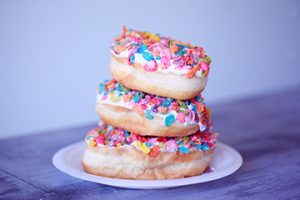 Your diet plays a big role in your mental health. Too much omega-6 compared to your intake of omega-3 can lead to more aggressive behavior. Too much sugar leads to hyperactivity, but it also can cause depression and anxiety. With sugar, it becomes a vicious cycle. You get a sugar high from eating it, which drops quickly to a low when you need another hit. Eventually, like many drugs, it takes more and more sugar hits to get the same high. Studies show that eating a diet higher in sugar can lead to depression or anxiety. One study shows consuming sugar is the cause of the problem, not the result.
Your diet plays a big role in your mental health. Too much omega-6 compared to your intake of omega-3 can lead to more aggressive behavior. Too much sugar leads to hyperactivity, but it also can cause depression and anxiety. With sugar, it becomes a vicious cycle. You get a sugar high from eating it, which drops quickly to a low when you need another hit. Eventually, like many drugs, it takes more and more sugar hits to get the same high. Studies show that eating a diet higher in sugar can lead to depression or anxiety. One study shows consuming sugar is the cause of the problem, not the result.
 Exercising doesn’t have to be boring or even done in the gym. You can get exercise doing things you love. Whether you play basketball, do nature walks, or dance, if you love it and it gets you moving, do it. It can be an option for those days away from the gym or another way to increase your activity level. Dancing is perfect for improving flexibility, balance, and strength. Most people don’t realize how long they’ve danced once they get into the music, so it’s exceptional for boosting your endurance.
Exercising doesn’t have to be boring or even done in the gym. You can get exercise doing things you love. Whether you play basketball, do nature walks, or dance, if you love it and it gets you moving, do it. It can be an option for those days away from the gym or another way to increase your activity level. Dancing is perfect for improving flexibility, balance, and strength. Most people don’t realize how long they’ve danced once they get into the music, so it’s exceptional for boosting your endurance.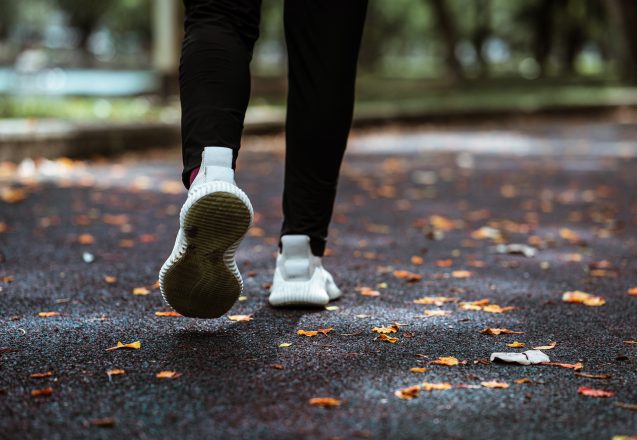
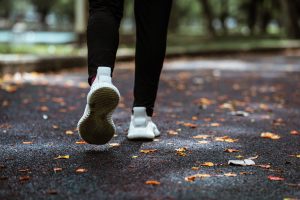 Several people in Irvine, CA, have asked how to increase their gains at the gym without spending more time there. I always suggest adding steps to their daily routine. It’s perfect for people who don’t have a workout plan yet and want to extend their life span by getting fitter. It’s free. You can do it anywhere and modify it based on your fitness level. The more you exercise, the further or faster you can walk. It’s easy to combine with your regular fitness program, so it’s a great supplement.
Several people in Irvine, CA, have asked how to increase their gains at the gym without spending more time there. I always suggest adding steps to their daily routine. It’s perfect for people who don’t have a workout plan yet and want to extend their life span by getting fitter. It’s free. You can do it anywhere and modify it based on your fitness level. The more you exercise, the further or faster you can walk. It’s easy to combine with your regular fitness program, so it’s a great supplement.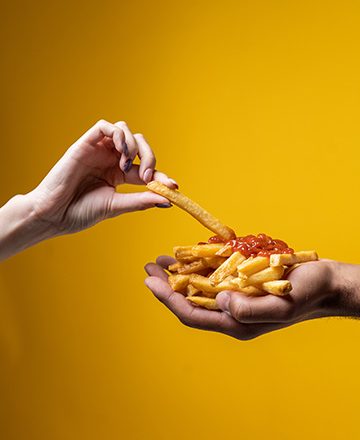
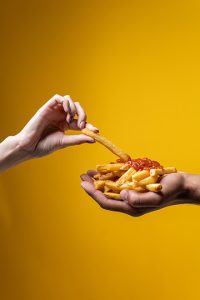 If you want to lose weight, you have to eat healthier and move more. For sleek, toned thighs and the flat belly you want, eating healthy and exercising is the answer. It doesn’t mean you’ll never be able to eat fries again, just don’t do it frequently. Instead, focus on healthy food and healthy ways to make that food. You also need to increase your activity. Whether it’s a formal exercise program, walking, biking, or dancing, moving more makes a difference.
If you want to lose weight, you have to eat healthier and move more. For sleek, toned thighs and the flat belly you want, eating healthy and exercising is the answer. It doesn’t mean you’ll never be able to eat fries again, just don’t do it frequently. Instead, focus on healthy food and healthy ways to make that food. You also need to increase your activity. Whether it’s a formal exercise program, walking, biking, or dancing, moving more makes a difference.
 Our personal trainers in Irvine, CA, focus on making healthy lifestyle changes. Learning to eat right, exercising regularly, and getting adequate sleep are three things that will make a difference in your life and help you live strong. Many of the habits, big or small, decide your future health. If you enjoy walking and take a walk regularly, you’ll have an improved chance of living longer and healthier. There’s a reason certain foods are part of a healthy diet. They keep you healthier.
Our personal trainers in Irvine, CA, focus on making healthy lifestyle changes. Learning to eat right, exercising regularly, and getting adequate sleep are three things that will make a difference in your life and help you live strong. Many of the habits, big or small, decide your future health. If you enjoy walking and take a walk regularly, you’ll have an improved chance of living longer and healthier. There’s a reason certain foods are part of a healthy diet. They keep you healthier.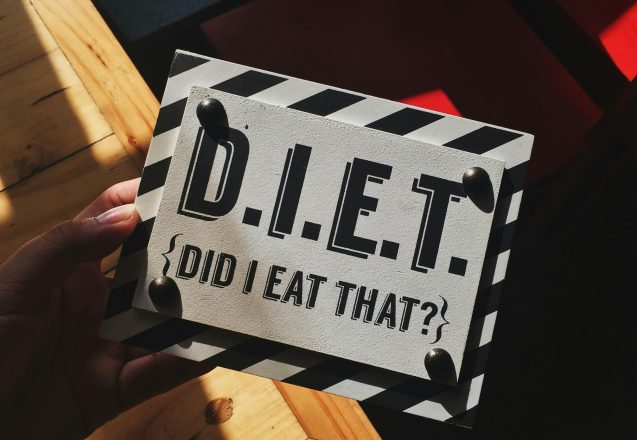
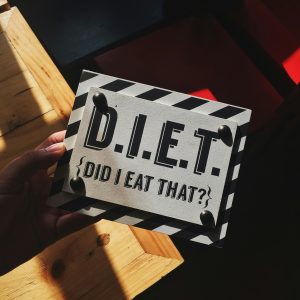 If weight loss is your goal and it’s going slow or not happening at all, even though you think you’ve done everything right, you may unwittingly be making diet mistakes that can halt or slow your progress. Some things may be old habits you never thought about much, like that spoonful or two of leftovers you eat instead of throwing away, or the portion size of your meals.
If weight loss is your goal and it’s going slow or not happening at all, even though you think you’ve done everything right, you may unwittingly be making diet mistakes that can halt or slow your progress. Some things may be old habits you never thought about much, like that spoonful or two of leftovers you eat instead of throwing away, or the portion size of your meals.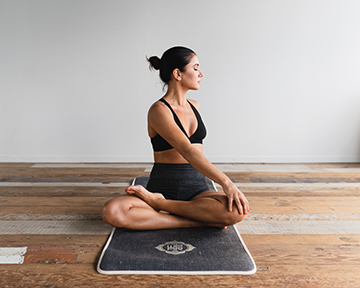
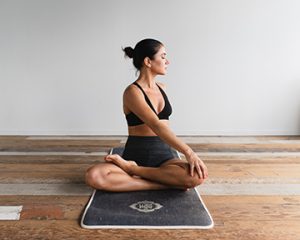 It’s hard for idle people to get fit. Most don’t do or enjoy anything that promotes fitness. If sweating in a gym seems unsavory and you don’t believe that healthy food tastes good, you’ve got a long road ahead if your goal is to lose weight, build endurance, or increase strength. There are some things you can do that make getting fit easier and that fit into your lifestyle. These are healthy ways that don’t involve pills or other drastic measures.
It’s hard for idle people to get fit. Most don’t do or enjoy anything that promotes fitness. If sweating in a gym seems unsavory and you don’t believe that healthy food tastes good, you’ve got a long road ahead if your goal is to lose weight, build endurance, or increase strength. There are some things you can do that make getting fit easier and that fit into your lifestyle. These are healthy ways that don’t involve pills or other drastic measures.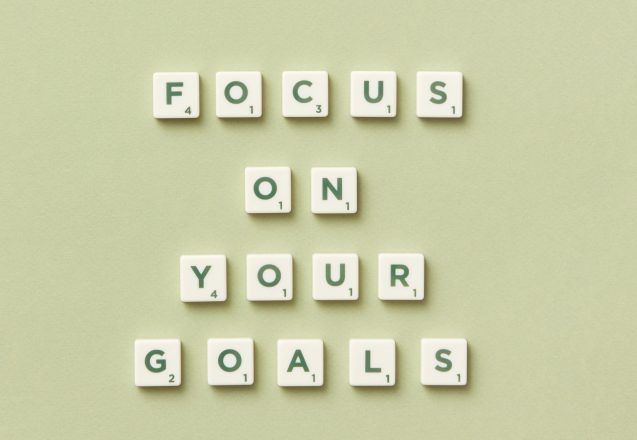
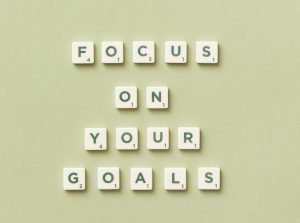 ean? Does it mean you’ll have more endurance? What’s your goal? Is it to lose weight, lower blood glucose, or reduce blood pressure? If it’s weight loss, how much do you want to lose? Be specific about your goal, or you won’t know what route to take or if you reached it. Once a goal is defined, it’s easier to create ways to achieve that goal. Like the red car, you’ll see opportunities everywhere.
ean? Does it mean you’ll have more endurance? What’s your goal? Is it to lose weight, lower blood glucose, or reduce blood pressure? If it’s weight loss, how much do you want to lose? Be specific about your goal, or you won’t know what route to take or if you reached it. Once a goal is defined, it’s easier to create ways to achieve that goal. Like the red car, you’ll see opportunities everywhere.